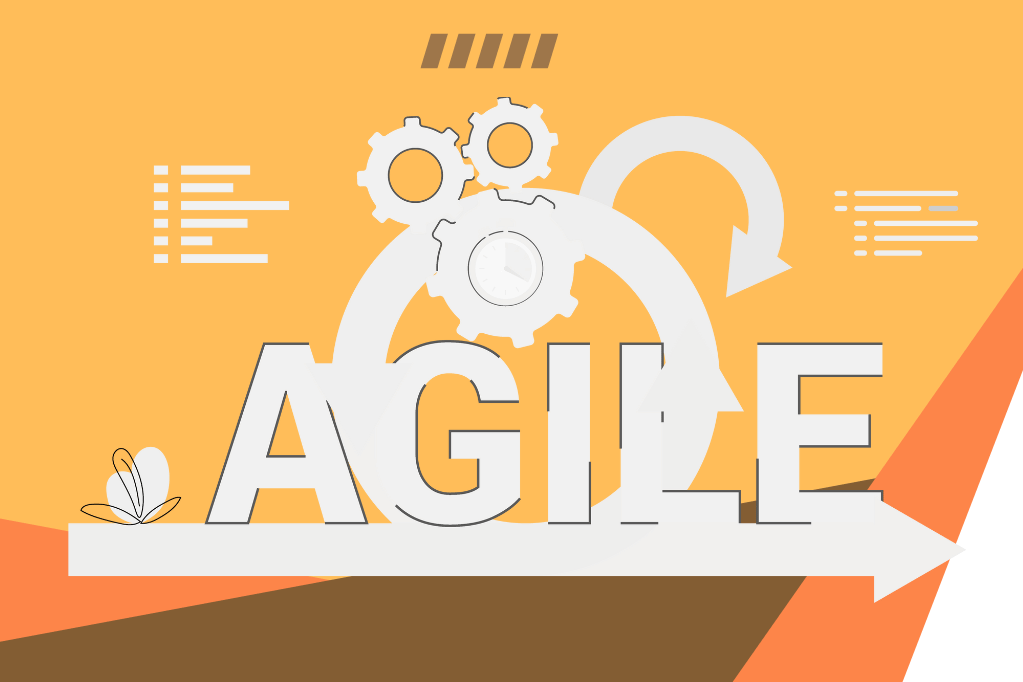Table of Contents
ToggleThe question of whether Agile is dead has sparked significant debate recently. Before diving into this topic, let’s first consider why many organizations transitioned from the traditional Waterfall methodology to Agile in the first place.
Why did companies move from Waterfall to Agile?
The shift to Agile was driven by the need for business agility. To stay relevant in today’s fast-paced market, businesses must quickly develop and mature innovative products, requiring a cultural shift in strategy and operations. The long delivery cycles of the traditional Waterfall methodology hinder an organization’s innovation strategy. While Waterfall isn’t entirely obsolete, delivering innovative products is better achieved with an Agile approach, which allows for value delivery when customers need it (or just moments before they realize they need it). Developing such products requires an environment that encourages risk-taking and views failure as an opportunity to learn and grow. This fosters the business agility needed to quickly learn, adapt, and accelerate value delivery.
What is the problem then?
Recently, some have claimed that Agile is dead. This sentiment often stems from a misunderstanding of what Agile truly represents. Many view Agile as a methodology or process, but it is more accurately described as a mindset. Methodologies come and go, usually defined by a set of rules and steps that teams must follow, giving an impression of rigidity. A misstep can lead to issues or non-delivery.
This article will delve into the meaning of methodologies and mindsets, the relationship between the two, and the importance of recognizing Agile as a mindset rather than a methodology.
Agile as a Mindset
Limiting Agile to a mere methodology is a narrow perspective. At its core, Agile fosters a culture of innovation, adaptability, and continuous growth. It fundamentally reshapes how teams think, act, and make decisions. Unlike rigid methodologies, Agile is a mindset that informs the development of frameworks, processes, and methodologies to enhance business agility.
Innovation
Encourages creative solutions and new ideas. It provides space for team members to focus on their work, experiment with new concepts, and rewards unconventional thinking because risk-taking is the norm.
Adaptability
Embraces change and enables rapid adjustments. While processes help align the organization, decentralizing decision-making is prioritized to empower autonomous teams, thereby increasing organizational accountability and responsiveness.
Continuous Growth
Emphasizes constant improvement and learning. Recognizing that building innovative products and services carries a higher risk of failure, which is viewed as an opportunity for growth and learning.
The agile mindset is achieved by embracing its core values rather than relying on tactical methods. These values include:
- Individuals and interactions over processes and tools
- working software over comprehensive documentation
- Customer collaboration over contract negotiation
- Responding to change over following a plan
What Agile is Not
Agile should not be mistaken for a process, methodology, or company policy. It is a way of working and thinking that permeates the organization. Unlike defined methodologies, which can be changed through policies and playbooks, a mindset is foundational and takes time to become ingrained. It becomes part of the team’s and organization’s culture.
Methodology vs. Mindset
- Methodologies are more tactical and process-focused, while a mindset embodies the core principles guiding every team member's and leader's behavior and decisions.
- Methodologies are well-defined and specific, whereas a mindset is abstract and encompassing.
Methodologies can change easily, but a mindset is long-lasting and foundational.
In simpler terms
As organizations progress in their agile journey, they may develop frameworks and models to boost agility. These can be translated into methodologies and playbooks. Each organization can tailor these variations for effectiveness. The core agile values and principles persist as an agile mindset.
Assuming that an organization can foster an innovative culture without embracing an agile mindset is akin to:
- Raising a child by merely providing food, shelter, and clothing, while neglecting their cognitive, mental, and emotional development.
- Running a business solely to survive, without any strategy or growth plan.
- Delivering a speech that is devoid of purpose or conviction.
- A painter creating art with no emotion or meaning.
- Writing a grammatically perfect novel that lacks a compelling plot or message.
Looking into the Future
This article is the first in a series that will explore Agile values, explained through its 12 principles.These principles encapsulate what it means to fully embrace an Agile mindset, setting a foundation for future discussions and deeper understanding. Stay tuned as we delve into how you can harness these principles to empower your organization, accelerate value delivery, and drive sustained success.
Principles behind the Agile Manifesto
7. Working software is the primary measure of progress.
2. Welcome changing requirements, even late in development. Agile processes harness change for the customer’s competitive advantage.
8. Agile processes promote sustainable development. The sponsors, developers, and users should be able to maintain a constant pace indefinitely.
3. Deliver working software frequently, from a couple of weeks to a couple of months, with a preference to the shorter timescale.
9. Continuous attention to technical excellence and good design enhances agility.
4. Business people and developers must work together daily throughout the project.
10. Simplicity–the art of maximizing the amount of work not done–is essential.
5. Build projects around motivated individuals. Give them the environment and support they need, and trust them to get the job done.
11. The best architectures, requirements, and designs emerge from self-organizing teams.
6. The most efficient and effective method of conveying information to and within a development team is face-to-face conversation.
12. At regular intervals, the team reflects on how to become more effective, then tunes and adjusts its behavior accordingly.

Pingback: The Agile Mindset Shift: From Doing Agile to Being Agile - InBiteSize